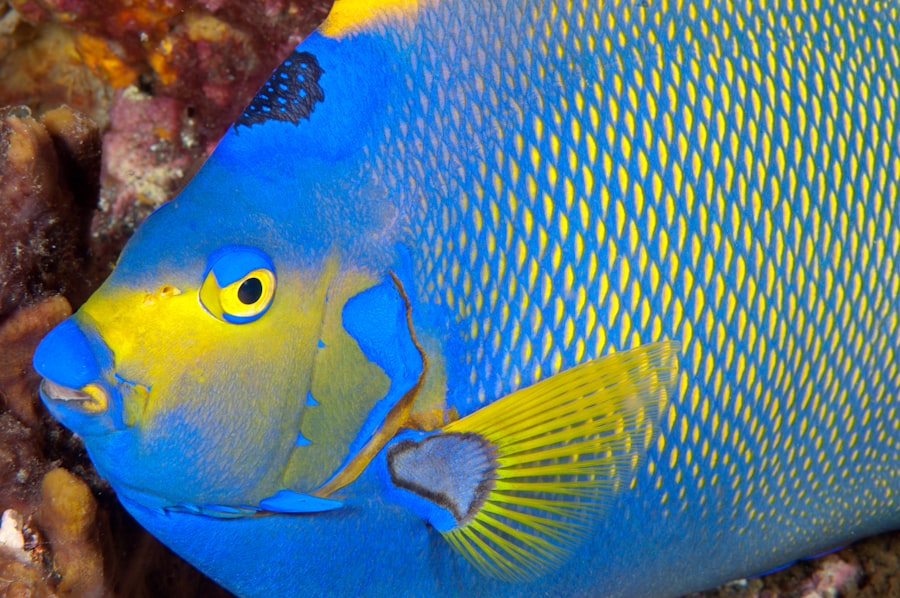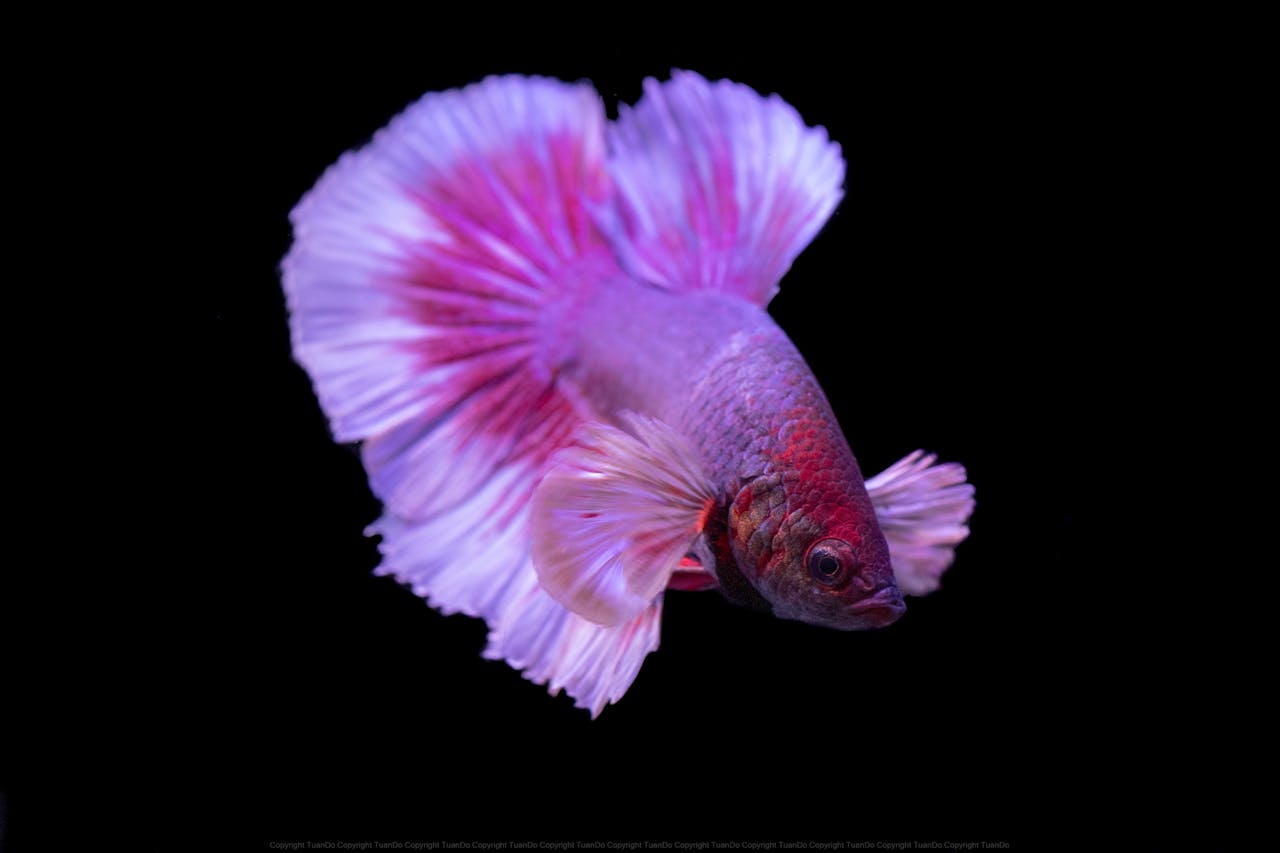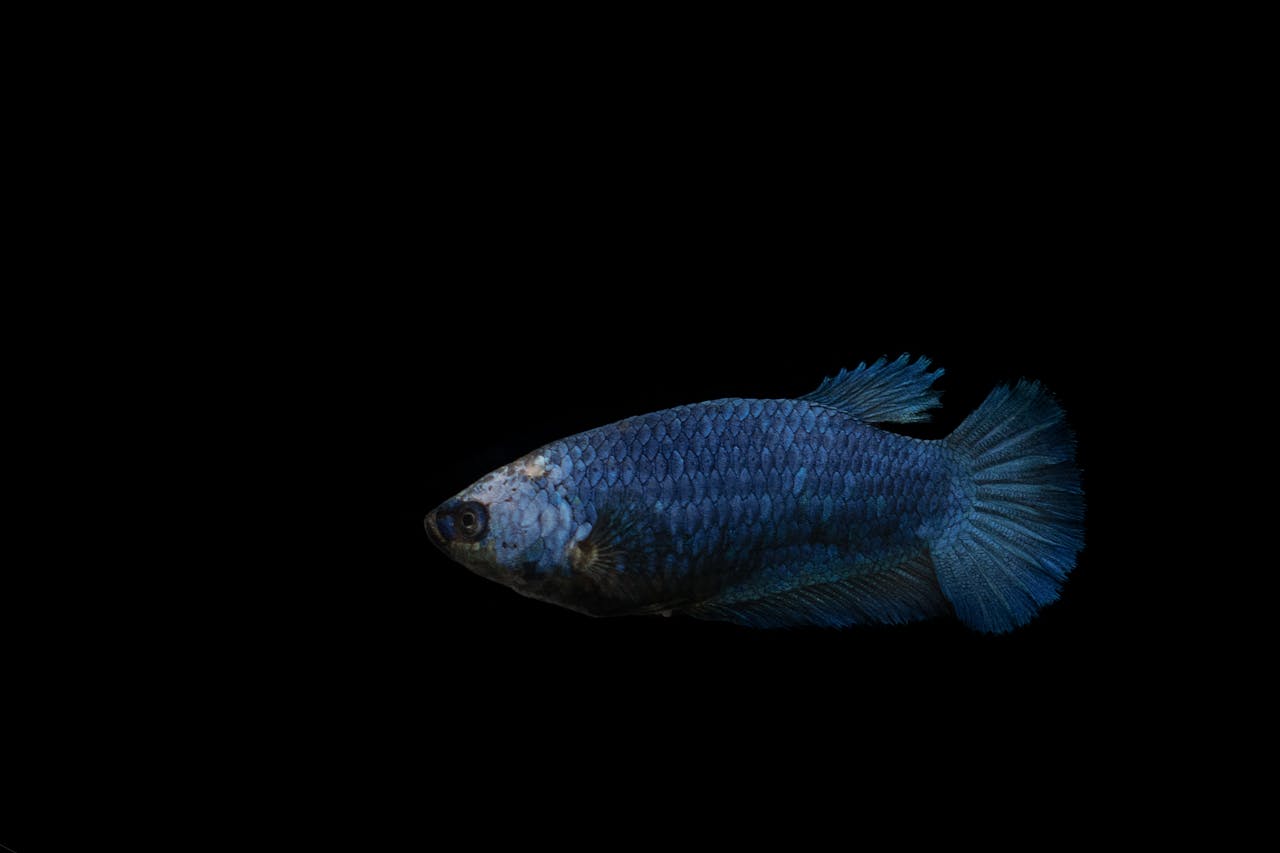The Betta Siamese fighting fish, known scientifically as Betta splendens, has a rich history that dates back centuries. Originating from the shallow waters of Southeast Asia, particularly in Thailand, these fish were initially bred for their aggressive nature and vibrant colors. In the 19th century, they became popular in the region for fish fighting, a traditional sport that captivated many.
The practice of breeding Betta fish for fighting led to the development of various strains, each exhibiting unique colors and fin shapes. This selective breeding not only enhanced their physical appearance but also intensified their fighting instincts, making them formidable opponents in the arena. As we delve deeper into their history, we discover that the Betta fish were not just mere combatants; they held cultural significance as well.
In Thailand, they are often referred to as “Pla Krapong,” which translates to “biting fish.” The sport of Betta fighting was so ingrained in Thai culture that it was even associated with social status and prestige. Over time, however, the perception of these fish began to shift. With the rise of aquarist communities and a growing appreciation for their beauty, Betta fish transitioned from fighters to beloved pets.
Today, they are cherished not only for their striking appearance but also for their captivating behaviors and personalities.
Key Takeaways
- Betta Siamese Fighting Fish originated in Southeast Asia and were originally bred for fighting, but are now popular as aquarium pets.
- Betta fish are known for their aggressive behavior and should be kept alone in a tank to avoid conflict with other fish.
- The ideal tank setup for Betta fish includes a minimum of 5 gallons of water, a heater to maintain a temperature of 78-80°F, and live or silk plants for hiding spots.
- Betta fish are carnivorous and should be fed a diet of high-quality pellets, frozen or live bloodworms, and brine shrimp.
- Breeding Betta fish requires a separate breeding tank, careful monitoring of water conditions, and providing the male with a bubble nest for the eggs.
Understanding the Behavior and Temperament of Betta Fish
Aggression and Territoriality
Male Betta fish are notorious for their aggression towards each other, which stems from their instinct to establish dominance and protect their territory. In the wild, they engage in displays of aggression to ward off rivals, such as flaring their gill covers and physical confrontations. This behavior is crucial to understand for anyone considering keeping multiple Bettas in a single tank.
Female Betta Behavior and Hierarchy
While males are typically more combative, female Betta fish can also display territorial behaviors, especially when breeding or establishing a hierarchy within a group. Observing their behavior provides valuable insights into their mood and well-being.
Understanding Behavior for Better Care
By paying close attention to our Betta’s behavior, we can gain a better understanding of their needs and preferences. A Betta that is swimming energetically and exploring its environment is likely content, while one that is hiding or displaying signs of stress may require adjustments to its habitat or care routine. By recognizing these behaviors, we can create a healthier and more enriching environment for our aquatic companions.
The Ideal Tank Setup and Water Conditions for Betta Fish

Creating the perfect tank setup for our Betta fish is essential for their health and happiness. Bettas thrive in environments that mimic their natural habitats, which consist of shallow waters with plenty of vegetation. A tank size of at least five gallons is recommended to provide ample space for swimming and exploring.
Floating plants like duckweed or water lettuce can create shaded areas that help reduce stress levels. Water conditions play a pivotal role in maintaining the well-being of our Betta fish.
They prefer warm water temperatures ranging from 76°F to 82°F (24°C to 28°C) and a slightly acidic to neutral pH level between 6.5 and 7.5. Regular water changes are crucial to keep the tank clean and free from harmful toxins. We should aim to change about 25% of the water weekly to maintain optimal conditions.
Additionally, using a heater and a reliable filtration system can help regulate temperature and ensure clean water without creating strong currents that could stress our Betta.
Feeding and Nutrition for Betta Siamese Fighting Fish
| Feeding and Nutrition for Betta Siamese Fighting Fish | |
|---|---|
| Food Type | Pellets, flakes, frozen or live food |
| Feeding Frequency | 2-3 times a day |
| Portion Size | Small amount that can be consumed in 2 minutes |
| Protein Content | High protein content for growth and color enhancement |
| Vitamins and Minerals | Ensure balanced diet with essential nutrients |
Feeding our Betta fish a balanced diet is vital for their overall health and vitality. Bettas are carnivorous by nature, which means they require a diet rich in protein. High-quality pellets specifically formulated for Betta fish should form the foundation of their diet.
These pellets are designed to meet their nutritional needs and often contain essential vitamins and minerals. In addition to pellets, we can supplement their diet with frozen or live foods such as brine shrimp, daphnia, or bloodworms, which can provide variety and stimulate their natural hunting instincts. While it may be tempting to overfeed our Bettas due to their enthusiastic feeding behavior, moderation is key.
Overfeeding can lead to obesity and other health issues, so we should aim to feed them small amounts once or twice a day. Observing our Betta during feeding time can also help us gauge their appetite; if they consistently leave food uneaten, it may be an indication that we are providing too much. By ensuring a balanced diet and practicing portion control, we can promote a healthy lifestyle for our beloved fish.
Breeding and Reproduction of Betta Fish
Breeding Betta fish can be an exciting yet challenging endeavor for aquarists. To successfully breed Bettas, we must first understand their reproductive behaviors and requirements. Male Bettas are known for their elaborate courtship rituals, which involve building bubble nests on the water’s surface as part of their mating process.
When introducing a female to a male’s territory, we should ensure that both fish are healthy and well-fed to increase the chances of successful breeding. Once the female is introduced, we can expect a series of displays from the male as he attempts to woo her. If she is receptive, she will respond by swimming alongside him and may even display vertical stripes on her body—a sign of readiness to mate.
After successful mating, the male will fertilize the eggs as the female lays them in the bubble nest he has prepared. It’s crucial to separate the female after spawning to prevent aggression from the male as he takes on the role of caretaker for the eggs. With proper care and attention during this delicate process, we can witness the fascinating journey from eggs to fry.
Common Health Issues and Diseases in Betta Fish

Like all pets, Betta fish are susceptible to various health issues that can affect their well-being if not addressed promptly. One common ailment is fin rot, which often results from poor water quality or injury. Symptoms include frayed or discolored fins, which can be alarming for us as caretakers.
To combat fin rot, we must ensure that our tank conditions are optimal and consider using medications specifically designed for treating this condition. Another prevalent issue is ich, a parasitic infection characterized by white spots on the fish’s body and fins. Ich can spread rapidly in aquariums with stressed or weakened fish populations.
If we notice signs of ich in our Betta, it’s essential to act quickly by raising the water temperature gradually and adding aquarium salt or specific treatments available at pet stores. Regular monitoring of our Betta’s health and maintaining clean water conditions can significantly reduce the risk of these common diseases.
Choosing Tankmates for Betta Siamese Fighting Fish
Selecting appropriate tankmates for our Betta fish requires careful consideration due to their territorial nature. While some species can coexist peacefully with Bettas, others may provoke aggression or stress. Generally, it’s advisable to avoid keeping male Bettas with other males or any similarly colored fish that might be mistaken for rivals.
Instead, we can consider peaceful species such as neon tetras or Corydoras catfish as potential companions. When introducing new tankmates, we should take our time and monitor interactions closely during the acclimation process. It’s wise to introduce new fish gradually and ensure that our Betta has ample hiding spots within the tank to retreat if needed.
By creating an environment where all inhabitants feel secure, we can foster a harmonious community tank that benefits both our Betta and its companions.
Tips for Caring for and Maintaining a Healthy Betta Fish Aquarium
Caring for our Betta fish involves more than just providing food; it requires commitment to maintaining a healthy environment. Regular maintenance tasks such as water changes, filter cleaning, and monitoring water parameters are essential components of responsible aquarium care. We should establish a routine that includes weekly water changes and monthly filter maintenance to ensure optimal conditions.
Additionally, enriching our Betta’s environment with decorations and plants can enhance its quality of life. Providing hiding spots with caves or driftwood allows our fish to explore its surroundings while feeling secure. We should also consider varying lighting conditions by using timers to simulate day-night cycles, which can help regulate our Betta’s natural behaviors.
In conclusion, caring for Betta Siamese fighting fish is a rewarding experience that requires knowledge and dedication. By understanding their history, behavior, dietary needs, breeding habits, health issues, tankmate compatibility, and maintenance requirements, we can create an enriching environment that promotes their well-being. As we embark on this journey with our Bettas, we not only gain insight into their fascinating world but also develop a deeper appreciation for these remarkable aquatic companions.
If you are interested in learning more about betta Siamese fighting fish, you may want to check out this article on The Stunning Beauty of Siamese Fighting Fish


